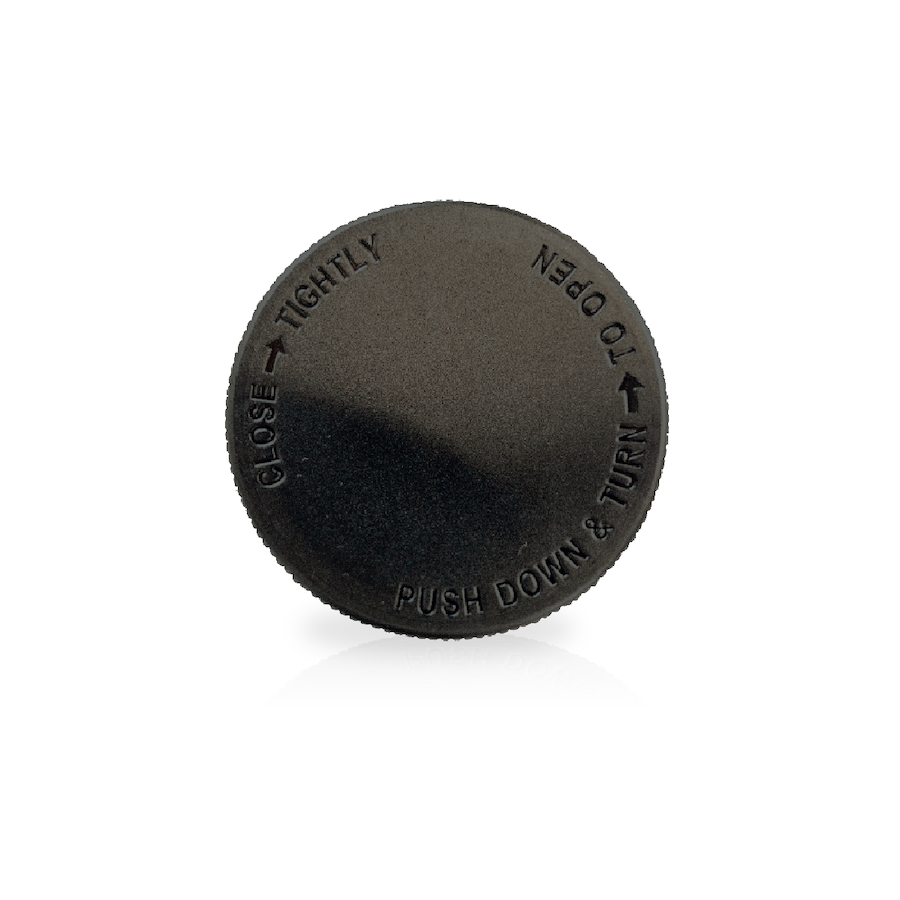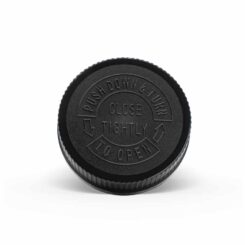7 Tips for Choosing Child Resistant Closures
The way you present your product to the consumer matters a lot in today’s business. 72% of Americans make their buying decisions based on how businesses package products. What’s more, younger adults of about 18 to 34 years are cautious about packaging materials.
For instance, does the packaging method guarantee child safety, especially in health and beauty products? That’s why many businesses go for child-resistant closures to minimize the risks of child poisoning. Childproof closures also prevent minor spills that can pose a danger to babies.
However, not every product in the market meets the regulatory structure of a safe child-resistant closure. So, how do you choose an option that offers high-quality child-proof spills? Here are seven tips to help you get started.
1. Determine Whether Your Products Require Child-Resistant Closures
First, you have to determine whether your products require resistant closures. The US Consumer Product Safety Commission (CPC) highlights several products. Most of them touch on wellness, lifestyle, pharmaceutical, and beauty industries.
However, not all products from the industries may require child-proof closures. The commission sets various conditions, depending on the product’s ingredients. For instance, pharmaceuticals that require resistant closures include products with naproxen, aspirin, and ibuprofen ingredients.
Other ingredients that influence child-resistant packaging methods include acetaminophen and elemental iron. Also, any OTC product that requires a doctor’s prescription before selling to the consumer should have child-proof closures.
Nutraceuticals, including dietary supplements, should have a child-resistant closure. This is because consumers take these products while observing certain weight-to-volume ratios. A child will do the opposite even on ingredients that can pretty toxic to them.
Other products that require this packaging include hemp-derived CBD supplements.
2. Inquire About Child-Resistant Certification
After determining that you need resistant closures, you can go ahead and evaluate your options. The first thing you need to consider is whether your go-to product comes with child-resistant certification. That means it passes all the tests for child resistance packaging.
For example, independent and approved third parties should test resistant closures to verify whether they are reliable. They will compare the closure’s functionality against CR testing guidelines. This includes closure preventing a 4-year child from opening it.
The process of obtaining this certification is quite rigorous. Not all businesses can fulfill the requirements. In that case, ensure no supplier dupes you with a fake certification.
3. What’s the Opening Mechanism?
Besides checking the sealants, it will also help if you check whether the product’s opening mechanism prevents children from opening it. This is very critical for child-resistant closures in pharmaceuticals, beauty, and pesticide products.
So, what’s the safest, child-resistant closing mechanism? Consider a closing mechanism that demands a bit of creativity to open the lid. For instance, consumers should apply vertical pressure on the closure while twisting it anti-clockwise to access the packaging’s content.
A child will only try to twist the closure on either side. In that case, they won’t be lucky.
4. It Should Be Resistant for Children, Not Seniors
Your go-to child-resistant closures should be hard on children but easy on seniors. Actually, seniors are the biggest consumers of products that require child-resistant packaging methods. There is a high likelihood seniors make your biggest reach target too.
In 2013, seniors between the age of 60s and 80s spent about $2 billion on consumer-packaged goods. This includes products across the health and wellness industries. The expenditure is high because supplements help minimize future health expenditures.
Seniors can also have difficulties opening resistant closures due to their decreasing strength and agility. In that case, go for an option that doesn’t have extra pressure or physical strength to open. For instance, you can leverage a slight “push and turn” opening mechanism.
5. Large Lock Caps
A child-resistant closure may wear after some time, reducing its proof capabilities. This means children can open such closures, say when the consumer is remaining with a few dosages to finish the product. It will help if you mitigate this factor too when evaluating your options.
An excellent solution is going for large lock caps, especially designs that offer greater overlap. Kathe lock caps prevent cam tips from wearing off quickly due to constant friction when opening and closing.
This option is great if your resistant closures require squeeze and turn opening mechanisms. Remember, the packaging remains hard for children to access if the closure is less fragile.
6. Rounded Lock Caps
If you use plastic materials to package your products, going for rounded lock caps sounds like a good plan. This will prevent children from accessing the packaging contents for a long time, even when the consumer ceases to use the product but chooses to store it.
However, you’ll enjoy better resistance if you get a little bit creative with this design. For example, the rounded long caps should combine seamlessly with long cap deflection. That’s the main reason you’re not going for pointed lock caps.
7. Size and Ease of Resealing
Size is critical when choosing the right child-proof closure for packaging your product. You have to choose the right size that enhances the user’s comfort while opening and child resistance as well. For instance, a relatively sized closure is easy on seniors when opening.
On the other hand, a small-sized closure only fits with the same-sized deflections. This means the consumer must apply extra pressure to open them.
When checking the size, you should also consider resealing properties, especially if you’re dealing with hazardous products. Such goods must remain safe from children, even after the first use.
You don’t want cases where the closure reseals halfway, leading to accidental spillages. Spilled products are just as dangerous as contents remaining inside the packaging. You can gauge this by conducting a physical test on the closure, preferably for weeks.
Get the Right Child-Resistant Closures for Your Products
Leverage these tips to get the safest child-resistant closure that conforms to industry standards and regulations. Otherwise, authorities will get your product off the shelves because poor packaging can lead to accidental poisoning cases.
The safety of your products means more returning buyers and profits. Contact us today if you have any questions on child-proof packaging methods.


